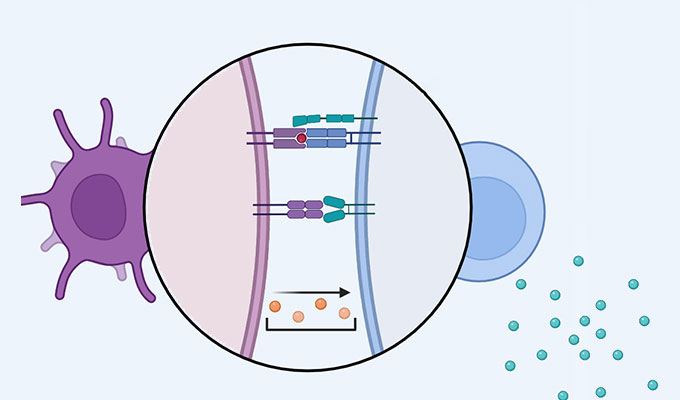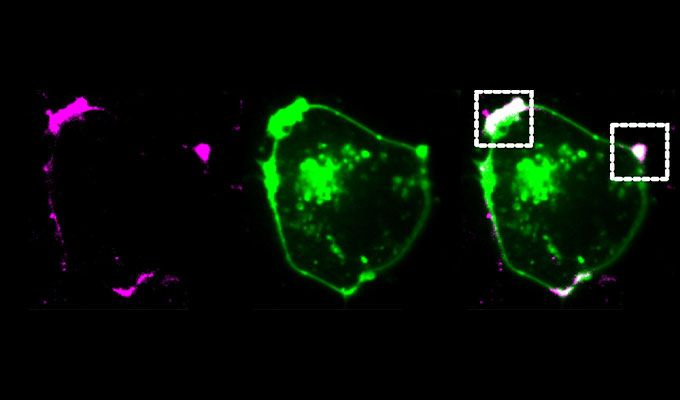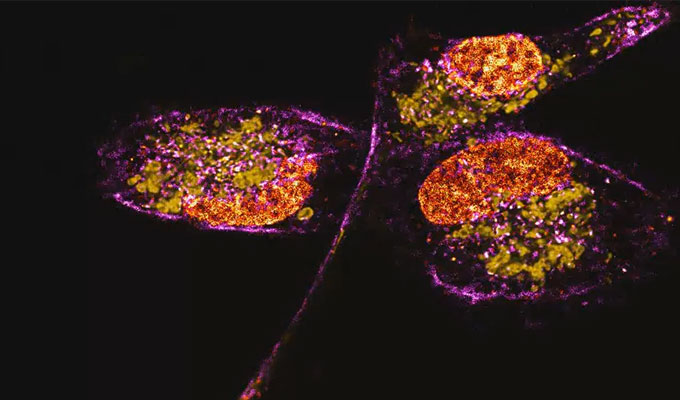Abstract
Proteins within a cell have highly variable half-lives, with their molecular ages ranging from seconds to years. This diversity influences their function, interactions, and susceptibility to degradation, yet the biological implications of protein age remain largely unexplored. Proteome birthdating is a powerful technique that addresses this gap by labeling proteins based on their time of synthesis using neutron-encoded amino acids. This allows researchers to determine protein age distributions and turnover kinetics through tandem mass spectrometry (LC–MS/MS). The method enables studies of protein dynamics at a global scale or within specific protein subsets—such as ubiquitinated proteins—offering valuable insights into age-selective biological processes and disease mechanisms.
In this webinar, attendees will gain a practical overview of the proteome birthdating workflow for in vitro systems. The session will cover key steps including isotopic labeling, sample preparation, enzymatic digestion, LC–MS/MS analysis, and data processing. It will also highlight theoretical considerations and showcase applications in studying protein turnover, degradation, and cellular aging, providing researchers with the tools to apply this technique in their own work.
Highlights
- Learn to label proteins based on synthesis time using neutron-encoded amino acids.
- Analyze protein turnover kinetics from single, sequentially labeled samples.
- Explore how protein age affects cellular pathways and post-translational modifications.
- Get a detailed workflow for in vitro proteome birthdating—from labeling to data analysis.
Speaker

Michael E. Meadow, Ph.D.
M.D. Candidate, University of Rochester School of Medicine & Dentistry
Michael Meadow, PhD, is a medical student at the University of Rochester School of Medicine and Dentistry, where he recently completed his doc...
View more
Moderator

Emilie Besnard, Ph.D.
Senior Scientist, Altos Lab
Dr. Emilie Besnard, is a Senior Scientist II at Altos Labs with 20 years of experience across academia and industry. She earned her PhD in Molecula...
View more
Keywords
Proteome birthdating, Protein turnover, Protein age, Stable isotope labeling, Neutron-encoded amino acids, LC–MS/MS, Protein degradation, Age-selective pathways
References
Meadow, M. E., Broas, S., Hoare, M., Ahmed, M., Alimohammadi, F., Welle, K. A., Swovick, K., Hryhorenko, J. R., Jain, A., Martinez, J. C., Seluanov, A., Gorbunova, V., Buchwalter, A. and Ghaemmaghami, S. (2025). Proteome Birthdating: A Single-Sample Approach for Measuring Global Turnover Dynamics and “Protein Age”. Bio-protocol 15(9): e5296. DOI: 10.21769/BioProtoc.5296.
Meadow, M. E., Broas, S., Hoare, M., Alimohammadi, F., Welle, K. A., Swovick, K., Hryhorenko, J. R., Martinez, J. C., Biashad, S. A., Seluanov, A., et al. (2024). Proteome Birthdating Reveals Age-Selectivity of Protein Ubiquitination. Mol Cell Proteomics. 23(7): 100791. https://doi.org/10.1016/j.mcpro.2024.100791
Do you have a question about this webinar?
Post your question, and we'll invite the webinar speaker to respond. You're welcome to join the discussion by answering or commenting on questions ( Note: Not all questions, especially those not directly relevant to the webinar topic, may be answered by the speaker. ).
Tips for asking effective questions
+ Description
Write a detailed description. Include all information that will help others answer your question.
26 Q&A



